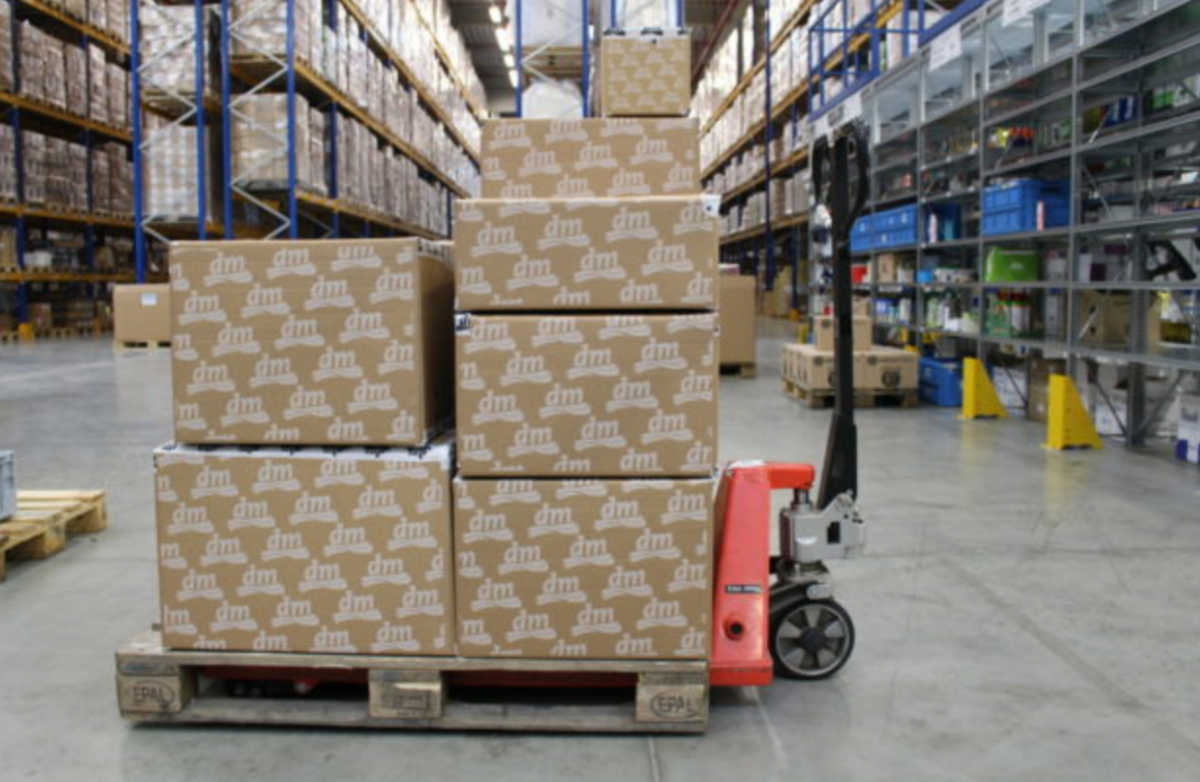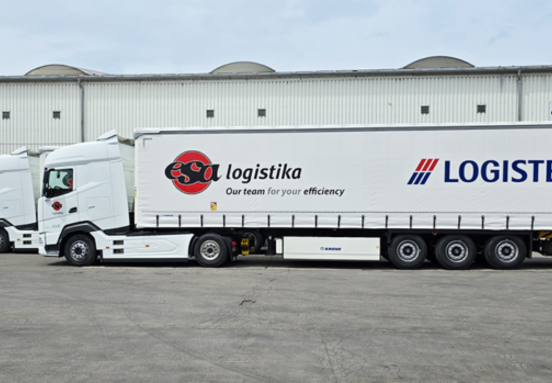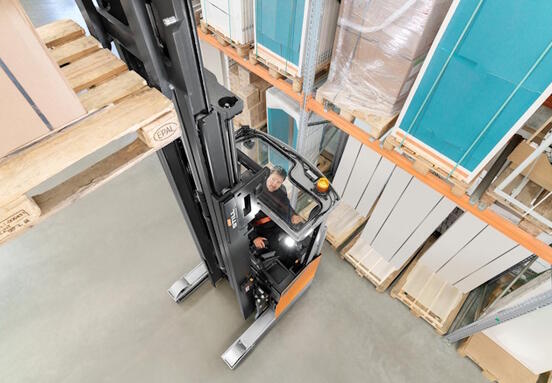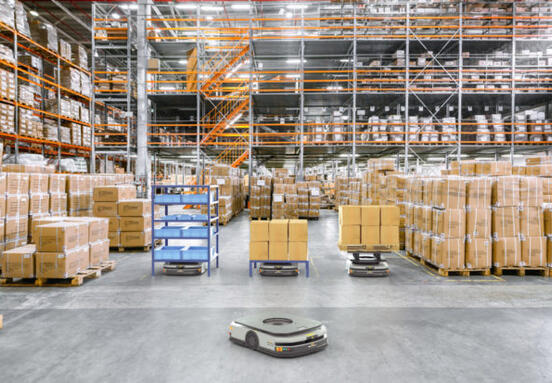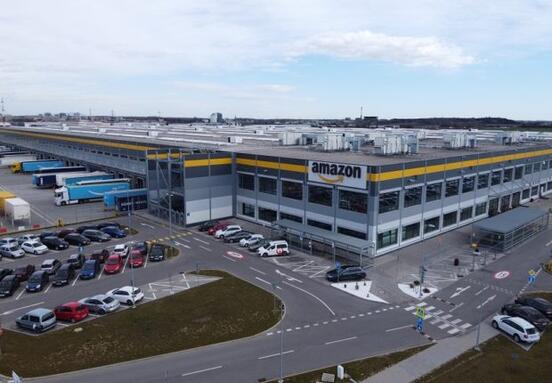The industrial and logistics real estate markets throughout the Central and Eastern European region are at various stages of maturity, both in terms of size and pace of development. The total offer of modern industrial and logistics premises in the CEE-17 region is a total of more than 50 million m2. From this offer, current availability can be categorized as low, with most markets recording vacancy rates below 5%.
Kevin Turpin, Regional Director for Research in Central and Eastern Europe, explains: “Demand from industry and logistics in Central and Eastern Europe has been strong overall in recent years, driven by 3PL (third party logistics), retail and distribution, followed by light manufacturing, automotive industry and FMCG * sector (* fast-moving consumer goods).
During the pandemic, but also in the future, we expect some changes in the volume of this demand, while sectors such as e-commerce, data centers, and special storage will increase their requirements. Nevertheless, the region of Central and Eastern Europe has a long industrial tradition and remains very attractive to manufacturers, ranging from automotive parts, aerospace, metals and plastics, complex electronics, home appliances, food, beverages, pharmaceuticals, and medical devices."
E-commerce is expected to grow faster and support demand in these challenging times. In the longer term, it is also expected that there will be more demand from manufacturers to bring parts of their supply chain closer to Europe in order to mitigate certain risks that may be observed. In the future, this may mean that there will be larger stocks in warehouses or companies will produce closer to the final consumer, which could also translate into higher demand for industrial and logistics facilities.
Stable rental amount
Rents throughout the CEE-17 region have been largely stable, with growth recorded in the most sought-after locations and where accessibility is limited. We expect this trend to continue, especially due to sufficient demand and construction costs, which have also increased in the last few years. Typical total rents throughout the region range between € 2.90 and € 5.50 per m2/month, although markets in the earlier stages of development may currently reach € 7 per m2/month.
Land prices and construction costs
In terms of delivery costs, we also collected indicative prices for land (provided they already have a permit) and fixed construction costs (for a standard warehouse). Typical land prices in the whole region range between 10 and 80 EUR per m2, but due to the lack of land in the most sought after locations, especially those closer to large cities or economic centers/production centers, prices can rise to 120 to 150 EUR per m2.
Typical fixed construction costs for a "standard" warehouse range between € 300 and € 600 per m2 throughout the region. Higher costs have been reported in some markets, but overall the combination of increased labor and material costs in the last few years has led to an increase in construction costs of up to 25% or more.
Industry trends
Among the sectors that could be most affected by the pandemic is the automotive industry. There are more than ten of the world's leading car manufacturers in Central and Eastern Europe, including all parts supply, transportation, and logistics companies and dealers that employ hundreds of thousands of people. Any significant decline in this sector will therefore have a significant economic impact.
Pharmaceutical companies, third-party logistics companies, and e-commerce are also strong players in Central and Eastern Europe, but their future seems to look much more favorable. Once the COVID-19 vaccine is available, it will have to be manufactured, stored, and distributed in significant volumes, so we can assume that some of these services will be provided from Central and Eastern Europe.
E-commerce and 3PL have grown steadily in Central and Eastern Europe over the last decade. In the logistics sector, you can find all the big names from DHL, UPS, FedEx, etc. Demand for online goods and services is likely to increase, including food, hobby markets, horticulture, sports, and various types of electronics and online entertainment, which would mean increased demand for industrial and logistics space in the coming years.
Richard Urvay, Director of Colliers International, comments on the situation on the Slovak market: “The region of Central and Eastern Europe is experiencing higher demand in the logistics sector, especially in the e-commerce segment. The influence of 3PL operators specializing in the shelving market is also becoming more pronounced. When choosing the right location, the function of a real estate consultant is extremely important, who can correctly evaluate the most effective solution and suggest the right procedure. In order to attract more e-commerce players to Slovakia, the state should be added by creating quality economic conditions. Here we still see large reserves compared to other Central and Eastern European countries."
Legal incentives for investment
Most CEE-17 countries have committed to supporting investment in industry and logistics through at least one method of stimulation. These legal incentives vary from country to country, but examples usually include support programs, non-repayable grants/state funding, corporate tax reductions/exemptions, simplified regulations, better administrative support, and so on. The purpose of the various incentives is to implement one or more of the following options: promoting innovation, increasing economic activity, creating new jobs, increasing productivity, or increasing market competitiveness.
Lukáš Hejduk, CMS partner and director for the real estate market in Central and Eastern Europe, comments: “Given that industrial production is almost record high in most Central and Eastern European countries, it is undeniable that this region has become a magnet for manufacturing and logistics operations. The countries of Central and Eastern Europe have attracted a significant amount of foreign investment, mainly due to a skilled workforce in the region, rapidly developing infrastructure, and lower labor costs compared to Western Europe. In addition, investors in industry and logistics have interesting investment incentives available in many countries. Legal advisors can play an important role not only in reducing risks but can also help investors identify opportunities to benefit from innovation and maximize development opportunities.”
While some countries in the region (Latvia or Montenegro) do not offer incentives specifically targeted at industry and logistics, companies in these countries can benefit from existing basic legal incentives. The breakdown of available opportunities in the report by country allows investors to better identify the main location for their business or real estate.
Michal Huťan, the partner of CMS Slovensko, comments on the situation on the Slovak market: “More than half of the logistics sector is concentrated in the Bratislava region, resp. in the western part of Slovakia, where the infrastructure of motorways and expressways is sufficiently built. Slovakia should therefore be more active in building infrastructure towards the eastern regions, where the amount of permitted state aid and investment incentives are also higher than in the west. It could certainly attract more investment in these regions. The state should also do more to streamline legislation in the field of spatial planning and construction, which is obsolete in Slovakia."
Labor market and investment - changes in trends
The region of Central and Eastern Europe has always been one of the first destinations in the minds of foreign investors from the manufacturing and logistics sectors, looking for ways to save on personnel costs and available labor. This interest is not declining, but the reasons have changed. Paweł Kopeć, Director of the Enterprise Solutions Center in Randstad, explains: “Costs are still an important factor, but investors also appreciate the stable development conditions, which symbolize only slight changes in the unemployment rate in Central and Eastern Europe after the outbreak of COVID-19. Qualification of employees is also becoming necessary for new investors. And despite low unemployment at the national level, there are still areas with high availability of educated and well-prepared workers.
Pioneers who choose to invest in these locations have a chance to achieve something unique in the job market - loyal and dedicated staff. In the short term, however, companies are rebuilding their workforce rather than increasing the number of employees, still remembering the possibility of the second wave of COVID-19. As a result, we predict that the temporary workforce will become an even more popular solution on the market. The pandemic has also brought further changes in the way employees look at their future employers. In the near future, we expect job security and the company's financial stability to reduce the pay gap and benefits in the job selection criteria."
Source:// Systémy logistiky
